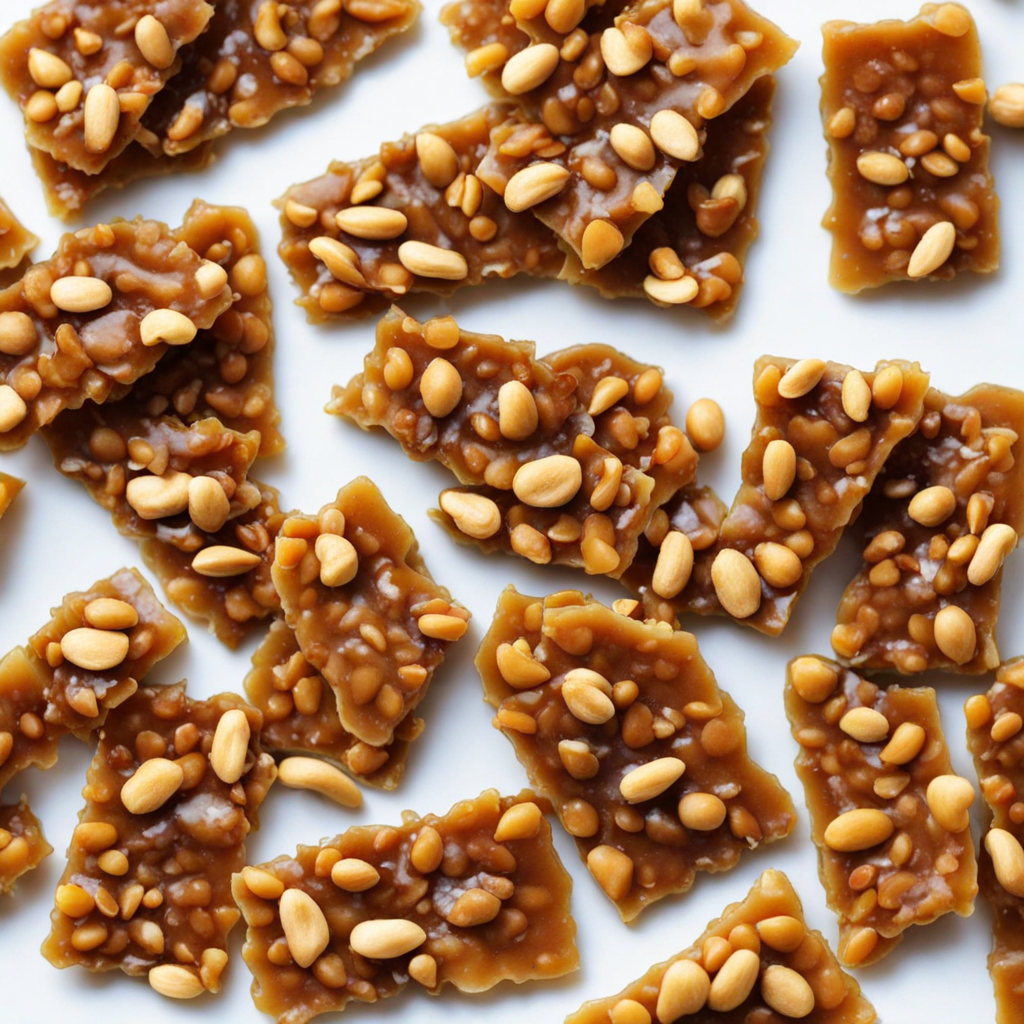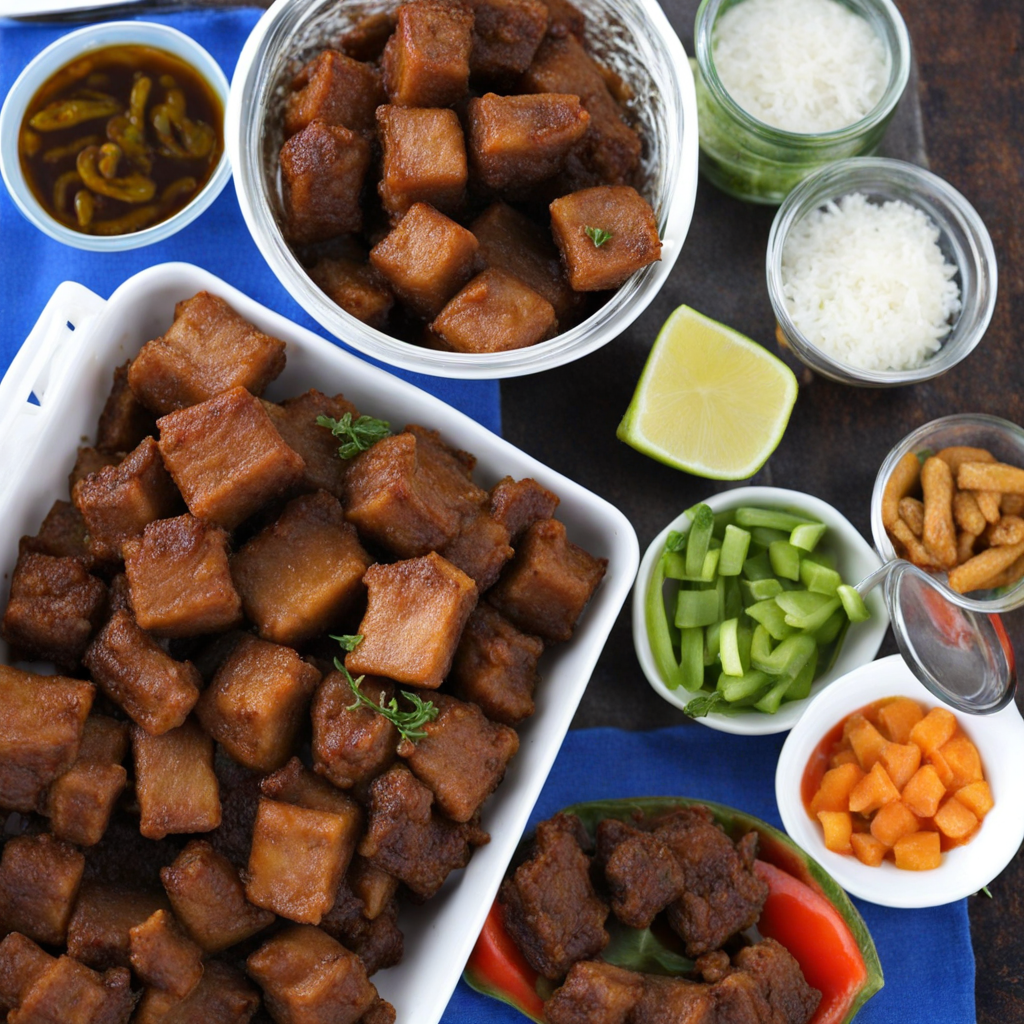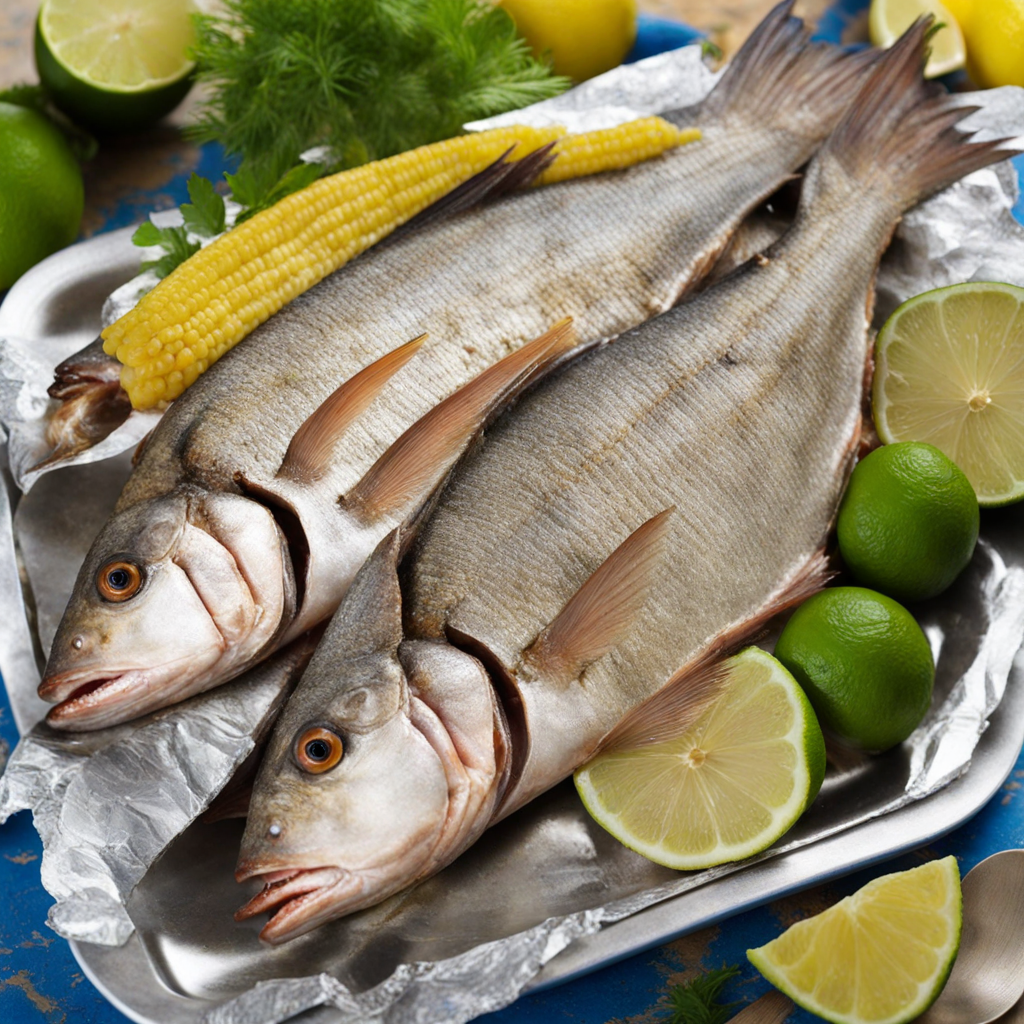Tablet Pistache
Tablet Pistache is a delightful Haitian treat that showcases the unique flavors and textures of the region. This confection is primarily made from ground pistachios, which provide a rich and nutty flavor, complemented by a hint of sweetness. The nuts are often combined with sugar and a touch of lime juice, creating a vibrant mixture that is both aromatic and visually appealing. The bright green hue of the pistachios gives the tablet its signature look, making it a feast for the eyes as well as the palate. Once prepared, Tablet Pistache is typically shaped into small rectangular or square pieces, allowing for easy sharing and enjoyment. The texture is slightly chewy with a satisfying crunch from the pistachios, making each bite a delightful experience. The balance of sweetness and nuttiness is further enhanced by the inclusion of spices such as cinnamon or vanilla, which can be added for an extra depth of flavor. Each piece packs a punch of taste, capturing the essence of Haitian culinary heritage. This treat is often enjoyed as a snack or dessert, perfect for any occasion. Its unique flavor profile makes it a great companion to coffee or tea, providing a perfect end to a meal or a delightful afternoon indulgence. Whether shared among friends or savored alone, Tablet Pistache offers a taste of Haiti that is both exotic and comforting, inviting you to explore the rich culinary traditions of the country.
How It Became This Dish
Tablet Pistache: A Culinary Gem of Haiti Haiti, a nation steeped in rich cultural heritage and history, is renowned for its vibrant culinary landscape that reflects a blend of indigenous, African, French, and Spanish influences. Among its many gastronomic delights, one delicacy stands out for its simplicity and depth of flavor: Tablet Pistache. This sweet, nutty confection not only tantalizes the taste buds but also embodies the spirit and resilience of the Haitian people. Origins of Tablet Pistache The roots of Tablet Pistache can be traced back to the early days of Haitian history, when the island was inhabited by the Taíno people, the indigenous population. They cultivated a variety of nuts, fruits, and vegetables, forming a foundation for the island's diverse agricultural practices. The introduction of pistachios to Haiti is believed to have occurred during the colonial period, when French settlers brought various crops from their colonies, enriching the island's natural larder. The term "tablet" is derived from the French word "tablette," which means "little tablet." This refers to the compact, rectangular shape of the confection. The preparation of Tablet Pistache involves crushing pistachios and mixing them with sugar and spices, typically cinnamon or vanilla, to create a dense, sweet treat that is often enjoyed during special occasions and celebrations. Cultural Significance Tablet Pistache holds a special place in Haitian culture, where food is often associated with family gatherings, community celebrations, and religious observances. The preparation and sharing of this sweet treat is a communal activity, often involving multiple generations coming together in the kitchen. It is common to see mothers, grandmothers, and children working side by side, passing down the recipe and the techniques from one generation to the next. The confection is particularly popular during festive occasions such as Christmas, New Year's, and weddings, where it is often presented as a symbol of hospitality and generosity. The act of offering Tablet Pistache to guests is a demonstration of respect and care, reflecting the Haitian value of community and togetherness. Moreover, the vibrant green color of the pistachios is symbolic of life and renewal, resonating with the spiritual beliefs of many Haitians. In voodoo culture, for instance, colors play an important role in rituals and celebrations. The green of the pistachios can signify prosperity and fertility, making Tablet Pistache a fitting treat for joyous occasions. Development Over Time Over the years, Tablet Pistache has evolved, adapting to changes in ingredients and culinary practices. In the early days, the confection was made primarily from locally sourced pistachios, sugar, and spices. However, as Haiti experienced various socio-economic challenges, including natural disasters and changes in trade, the availability of certain ingredients fluctuated. Today, while traditional recipes remain cherished, modern twists on Tablet Pistache have emerged, incorporating different types of nuts such as almonds and cashews, or adding flavors like coconut or cocoa. This reflects the adaptability of Haitian cuisine, which continuously finds ways to blend tradition with contemporary influences. Additionally, globalization has allowed for greater access to international ingredients, leading to innovative variations of Tablet Pistache that appeal to broader audiences. For instance, some contemporary versions may include a drizzle of dark chocolate or a sprinkle of sea salt, enhancing the flavor profile and presenting the confection in a new light. Tablet Pistache in the Modern Era In the 21st century, Tablet Pistache has gained recognition beyond Haiti's borders, with the diaspora community playing a significant role in promoting this traditional treat. Haitian expatriates in the United States, Canada, and France have introduced Tablet Pistache to new audiences, often featuring it at cultural festivals and community events. This has sparked interest in Haitian cuisine as a whole, encouraging a deeper exploration of the country's culinary heritage. Culinary tourism has also contributed to the resurgence of interest in Tablet Pistache. Visitors to Haiti are increasingly drawn to the local food scene, eager to sample authentic dishes and learn about the cultural significance behind them. Many local artisans and small businesses have capitalized on this trend, creating artisanal versions of Tablet Pistache that showcase high-quality ingredients and traditional preparation methods. As part of a broader movement to celebrate and preserve Haitian culture, Tablet Pistache has found its place in various cookbooks and online food blogs, further solidifying its status as a beloved national treasure. Chefs and food enthusiasts alike have been inspired to experiment with the treat, leading to creative interpretations while still honoring its historical roots. Conclusion Tablet Pistache is more than just a sweet treat; it is a symbol of Haiti's rich cultural tapestry and culinary heritage. Its origins reflect the blending of indigenous and colonial influences, while its cultural significance speaks to the values of community and hospitality that define Haitian society. As it continues to evolve in the modern era, Tablet Pistache remains a testament to the resilience and creativity of the Haitian people, bridging the past and present through the universal language of food. In every bite of Tablet Pistache, one can taste the history, tradition, and spirit of Haiti—a reminder that food is not just sustenance but a celebration of life, culture, and togetherness. Whether enjoyed during a family gathering or shared with friends, this delightful confection encapsulates the essence of Haiti, inviting all to partake in its rich culinary narrative.
You may like
Discover local flavors from Haiti







